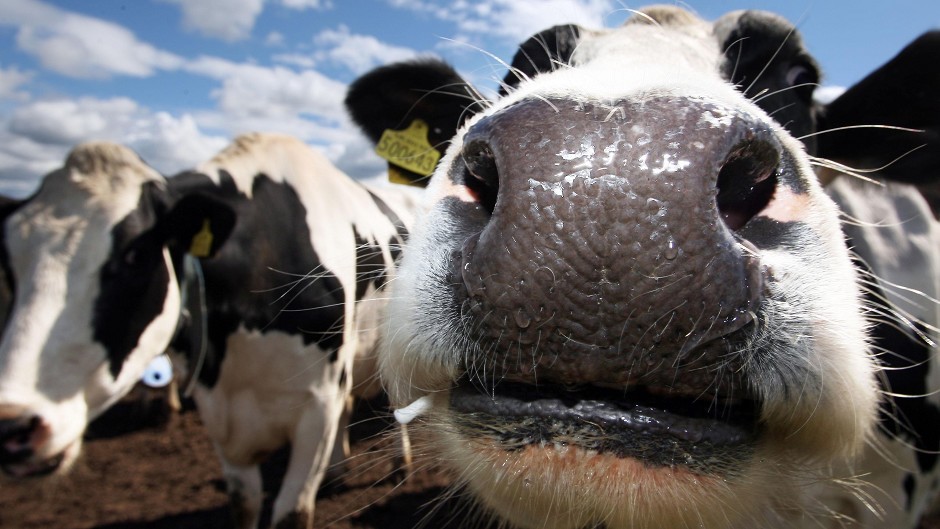Sensors mounted to the top of a cow’s tail could offer a way to accurately predict when it will calve – improving welfare and saving livestock farmers time and money.
Researchers from the University of Strathclyde and Scotland’s Rural College (SRUC) have been trialing the use of sensors to detect tail activity, which is a key indicator of when a cow will give birth.
The team believes that if it develops a system that gives farmers an accurate warning system of exactly when an animal may calve, producers will be able to cut the number of difficult calvings.
Not only would this result in cost savings for farmers, it could also make producers less reliant on CCTV or late-night visits to the shed to monitor stock around the clock.
Speaking at the British Society of Animal Science’s annual conference in Chester, David Ross from SRUC said dystocia – the official term for when a cow has trouble calving – led to significant losses for beef and dairy farmers.
Total farm costs were estimated at between £110-£400 a cow in dairy herds, depending on the level of severity, and £520 a cow in beef herds, he told delegates. The cost was higher for beef cows because the calf was a much more important commodity in the beef sector.
Mr Ross said: “If we look at international prevalence of dystocia and the range across different countries there is a very low rate in Norway and quite high rate in the US. We’ve got trends showing increasing dystocia across other countries, including the UK. Cost-effective calving detection and, even better, prediction systems would be of benefit to the industry.”
Mr Ross outlined a study which involved filming 20 animals as they calved and then monitoring the footage to see the number of tail raises and the duration of those events over the hours preceding birth. The data collected was used to generate an algorithm which would predict if a cow was soon to start calving, he said. Sensors were then attached to the tails of 27 other cows ahead of them calving down in late March and early April 2015.
The sensors enabled the team to predict to within six hours the time of calving for 25 of the animals monitored, said Mr Ross. For nine of the cows the time of calving was predicted to within two hours.
The aim was now to narrow down the window to give a more accurate prediction, explained Mr Ross. Work was also needed to develop the system so it could predict more accurately which cows might experience a difficult calving.
A commercial prototype of the system was already in development, with the aim that the sensor would be easily transferred between cows. Alerts would also be sent direct to a computer or mobile device, he added.
